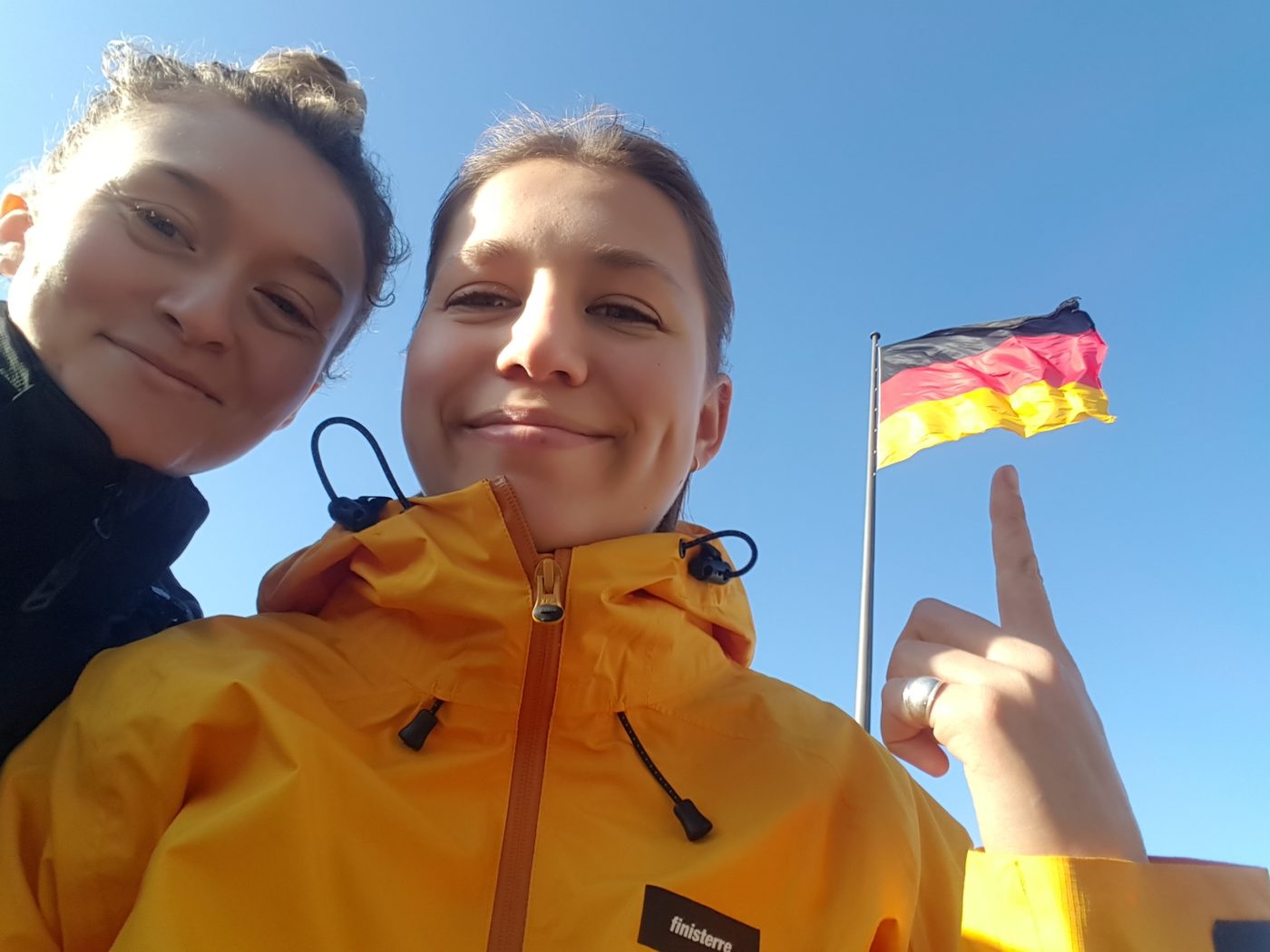Travelling the long way round to help the planet
We left home 22 days ago, on our way to volunteer in rural Nepal with Raleigh International. Making our way from England to Nepal overland, crossing 9 countries in a month, has taken us places we never really meant to go.
As the end of uni got closer, we got searching for an inspiring and conscientious NGO that we could volunteer for as well. Raleigh’s community-based projects, with their focus on sustainable development and youth empowerment were especially appealing to us.
Like many people, the last year has raised our awareness of the severity of the climate crisis and made us feel more accountable for the choices we make. So as our big trip drew closer, we made some changes to our plans.
We jumped off the ‘flight shame’ band wagon and joined in the ‘slow travel’ trend. Flying to Nepal would have made us accountable for approximately 2.2 tonnes of carbon. Switching to trains reduced that footprint to around 0.3 tonnes.
As well as reducing our footprint, taking the train to Nepal takes us across 14,000 km of Asia, a continent neither of us had ever been before. What’s more we get to see the 2nd largest museum, the deepest lake, the coldest capital city, the highest mountain and of course the longest railway line – in the world. But this trip isn’t just about a tick list of the biggest and best – by going overland we have been able to visit places and meet people that we wouldn’t have otherwise considered.
Avoiding air travel isn’t always practical, but there are many other ways for you to reduce your carbon footprint in your everyday life.
1. Buy a reusable water bottle and reusable coffee cup
On average a cardboard coffee cup uses approximately 110g CO2 emissions – that’s almost 1kg a week. By bringing your own reusable cup to the coffee shop you can help the environment and may even get a discount on your coffee!
2. Reduce your meat intake
The production of beef releases almost 8kg of greenhouse gases per serving, while cutting meat and dairy products from your diet could reduce an individual’s carbon footprint from food by two-thirds. Find out more here.
3. Turn your heating down by 1 degree
By turning down the heat by such a small amount you can reduce your CO2 emissions by 184kg on average per year!
4. Buy clothes second-hand
Fast fashion results in lots of carbon and water use. By shopping at charity or second-hand shops, you can limit the negative impact of fast fashion and practice the 3 Rs – reduce, reuse, recycle.
5. Reduce your shower time
Do you really need that long shower? By spending just 1 minute less per day in the shower you can save 23kg CO2 a year.
6. Consider how you travel
If you can, consider cycling or walking to your work/school/university every day to help reduce traffic congestion and carbon emissions from motor vehicles. If this isn’t practical for you, you can always travel via public transport. If you need to travel internationally and flying is the only practical option, consider ramming up your efforts to offset through your lifestyle at home or purchase offset credits when you book your flight. You can also donate to charities delivering environmental projects.
2020 is the Year of Climate Action so we would love to hear what you are doing to address the climate emergency. Let us know at stories@raleighinternational.org






